
With the opening of the Kinstugi in Kuala Lumpur, the brand that celebrity chef Jeff Ramsey is know for in Bangkok, our city is beginning to see a rise in the demand of this intricate cuisine. While many attempt to deliver on this experience, few can do it to such a level as Jeff Ramsey. We speak to him to find out about this defining cuisine, which fully focuses on seasonality.
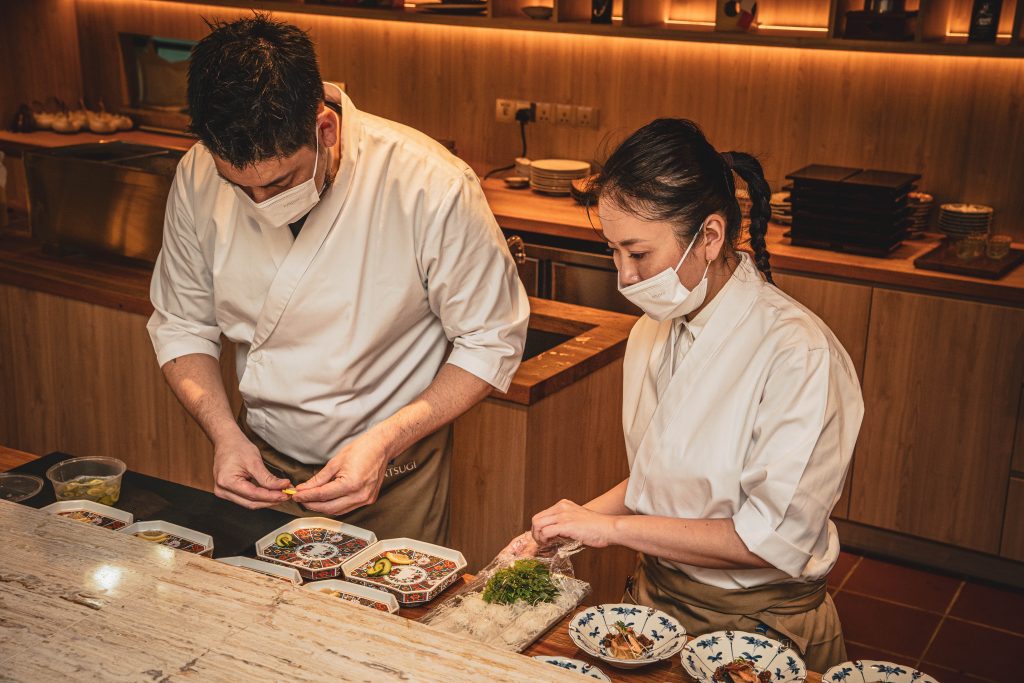
Can you tell us a bit about the concept of Kintsugi?
Kintsugi is a modern Japanese fine dining concept, so by definition our dishes are inspired by the ingredients of the seasons. Beyond that, our food lies within the crossroads of tradition and creativity. I have an intimate awareness and knowledge of traditional and modern cooking methods, as well as obsessively strict Japanese cuisine training which allows me to cook authentic Japanese food but also update the food like few others can.
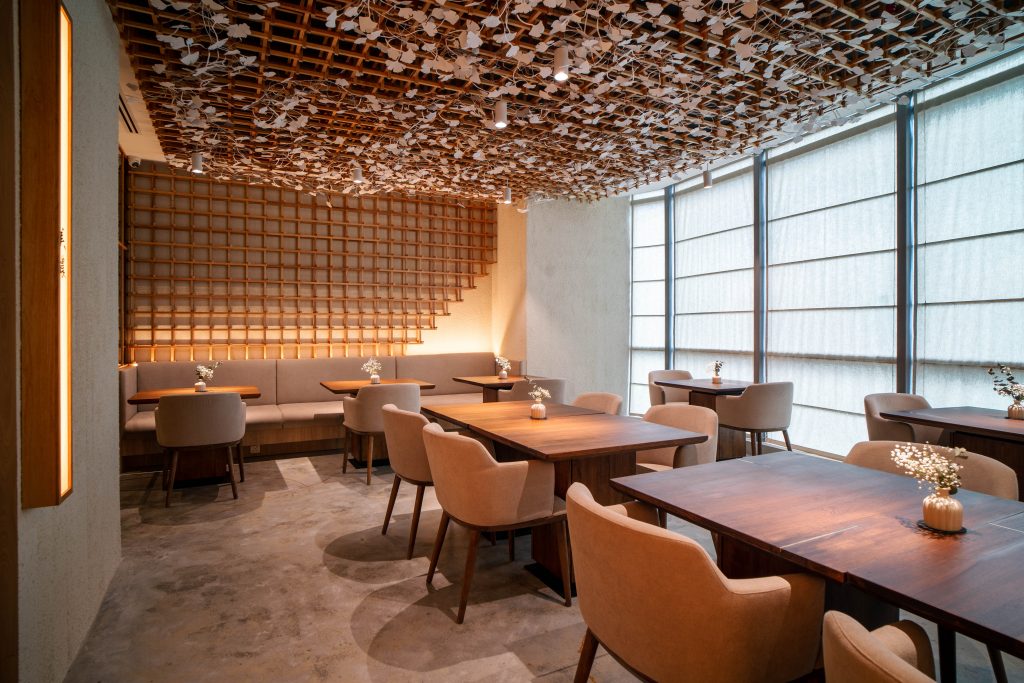
How did you get into focusing on Japanese cuisine?
I am a third generation Japanese restauranteur, my grandfather ran a ryokan and my grandmother ran a soft shell turtle omakase restaurant, my mother had a few Japanese spots before as well. You can say its in my blood.
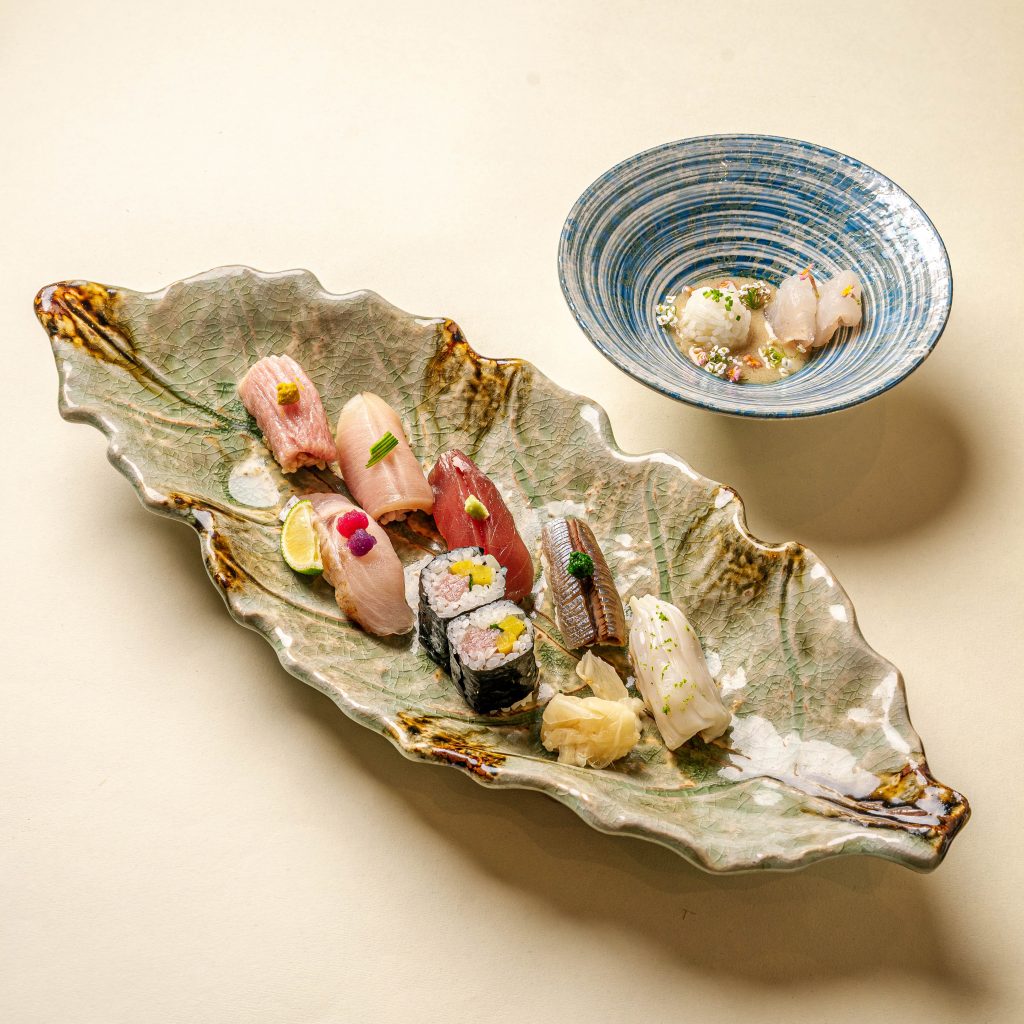
What exactly is kaiseki and what is the difference between kaiseki, cha kaiseki and kappou?
Kaiseki and cha kaiseki are very closely related. 懐石, (cha) kaiseki and会席, kaiseki, are two forms of a Japanese meal, cha kaiseki is the meal to accompany the tea ceremony and is more simple, the food is plated on a flat tray right on the tatami mat floors of a special room, the whole experience is very humble and austere. Kaiseki is usually accompanied by sake or alcoholic drinks and is more elaborate and used for celebratory times and merriment, using fancy expensive ingredients. The Kaiseki meal is a bit formal, you will likely see raised trays, like super short tables and this style is rooted in banquets. 割烹Kappou is a more relaxed style of kaiseki in which you dine while watching the chefs prepare your food at an open kitchen counter, chefs can be more creative with their food. The origins of the food for all of these cuisines is the same, various cooking styles from different parts of history in Japan.

Kaiseki is seen to mirror the ingredients of the seasons. Is it possible for a meal to contain both spring and summer dishes?
Kaiseki meals use only seasonal ingredients, meaning that through eating a kaiseki meal, you can distill the taste of any one moment in Japan. The only way you can end up eating a summer dish at the end of a meal that starts with spring is if you actually finished eating in the summertime.
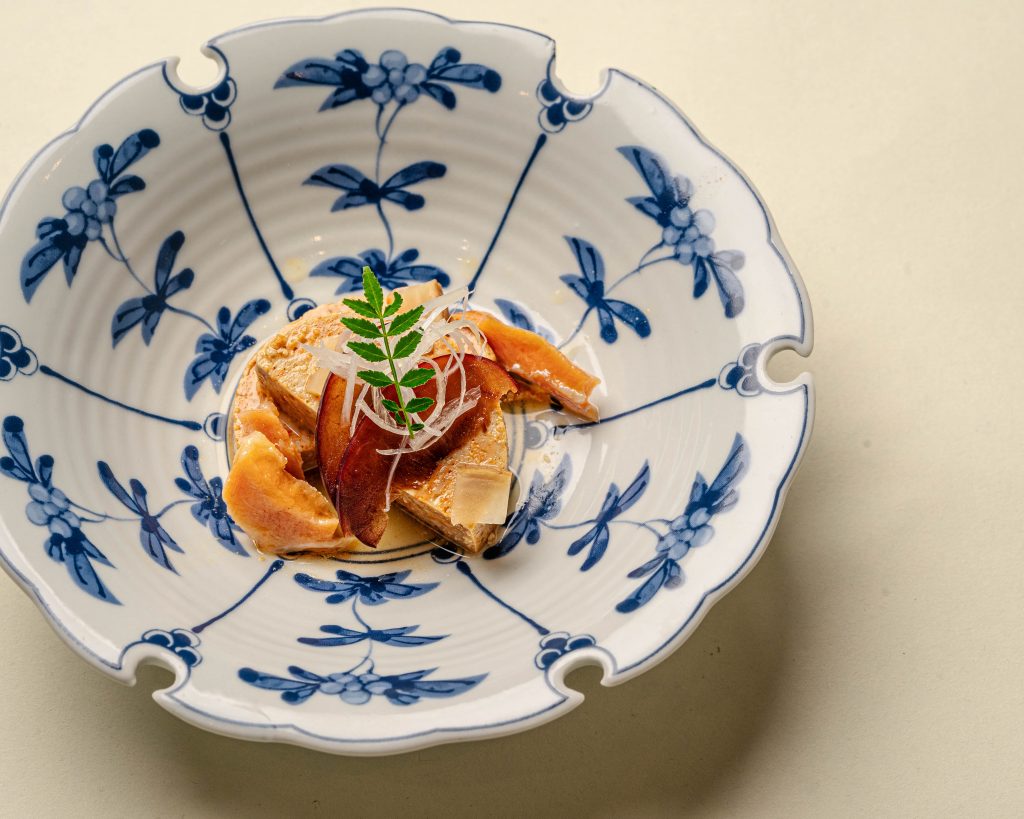
The hassun is an interesting aspect of kaiseki, taking its name from the 8 Japanese inch. Why is this dish essential to kaiseki?
The Hassun is a crowd pleaser, chefs also like this dish as it lets them show off various techniques and arrange the various little bites in a beautiful presentation.
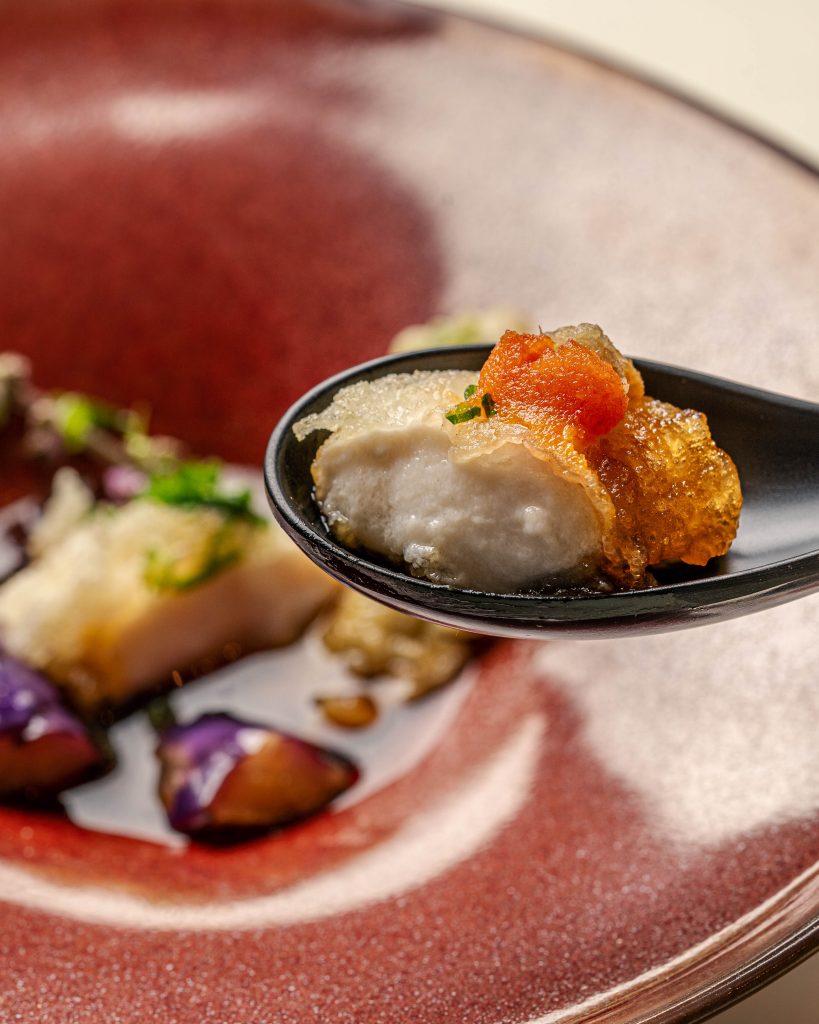
You serve a number of fish through your courses. Can you tell us about your ageing process and does ageing necessarily mean it’s a better fish?
We are by no means experts yet at dry aging fish, but we have been getting solid results from our experimentation. Proper aging will definitely increase the umami, tenderness and concentrate the tastes, but it doesn’t always mean it’s better than fish (and seafood) that isn’t aged. In the end we make our decisions with our tongues. Taste is everything.

Which of the four seasons is best to enjoy kaiseki and how do they differ?
In Japan it is considered a luxury among foodies to be able to eat all of the seasonal items of Japan within one year, sort of a bucket list type goal. This way you can try all the famous Japanese ingredients there are. Then you do it the next year and year after that and start to learn about the food on another level.

You serve both a kappo and sushi kaiseki. Can you tell us what patrons can expect in difference between the two styles?
We serve two types of kaiseki meals, the kappo course ends with a sort of “main course” type dish and a special rice course usually with fancy seafood, our sushi course ends with a progression of sushi instead. Both courses are the same up until 60% of the way through.

What is a great misconception about kaiseki?
I think people think that Kaiseki has many rules that limit the chef’s creativity. This isn’t really the case, plus creativity thrives in the confines of rules anyways. Another misconception could be that Kaiseki food is bland and tasteless. I have been to 3 Michelin-Star Kaiseki meals that were presented beautifully but were seasoned too delicately for my (and many others) preference. So yes, I can see where this misconception comes from, but I have also had so many amazing Japanese meals with robust tastes as well.
Kintsugi
3F, The Table, Isetan
The Gardens Mall,
Lingkaran Syed Putra,
Mid Valley City,
59200 Kuala Lumpur
+6010 381 1330
Opening Hours:
Tuesday to Sunday, 12.00 pm to 3.00 pm; 6.00 pm to 11.00 pm
Closed on Mondays.
| PHOTOGRAPHY: KINTSUGI | WEBSITE: KINTSUGI |